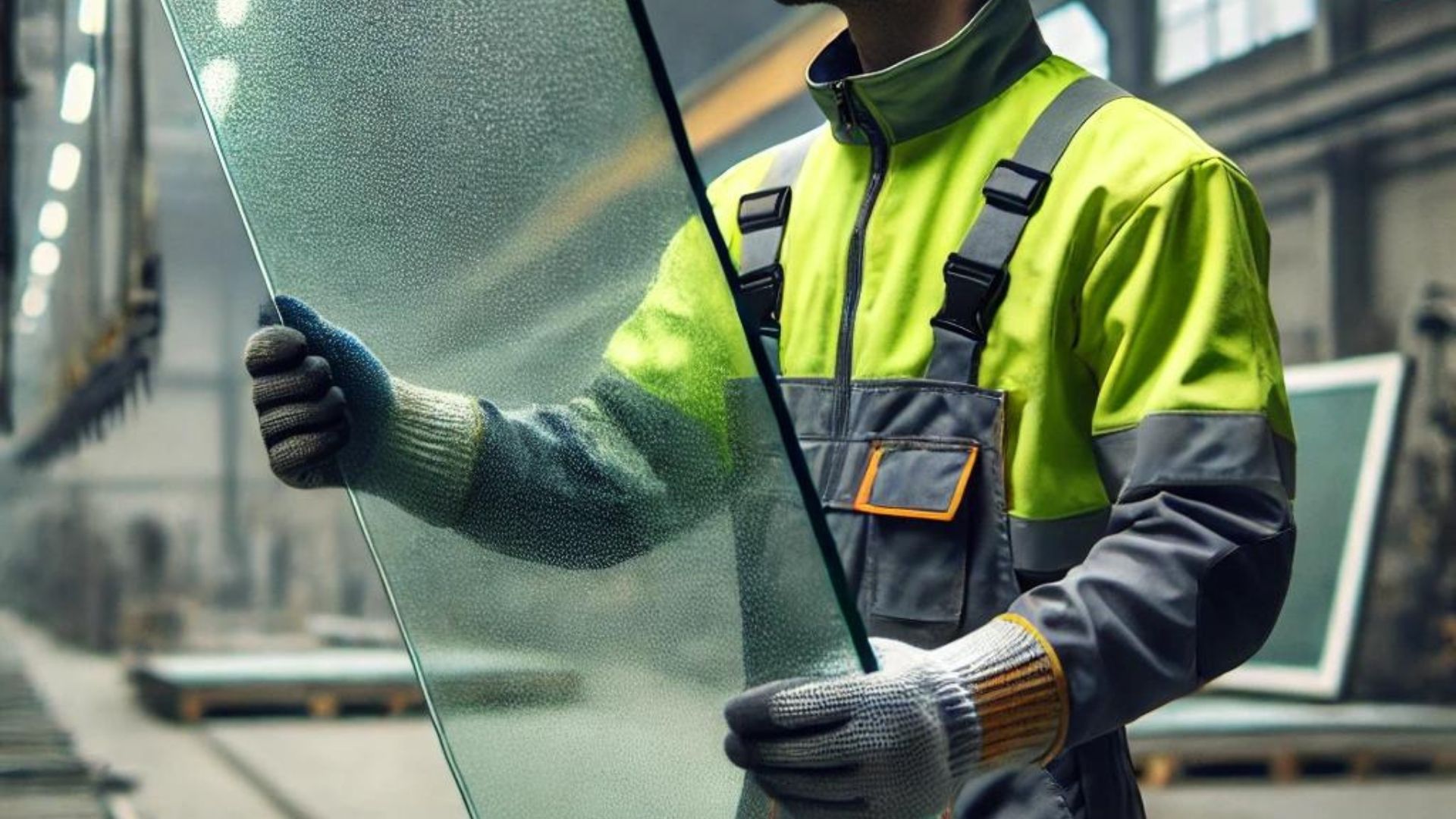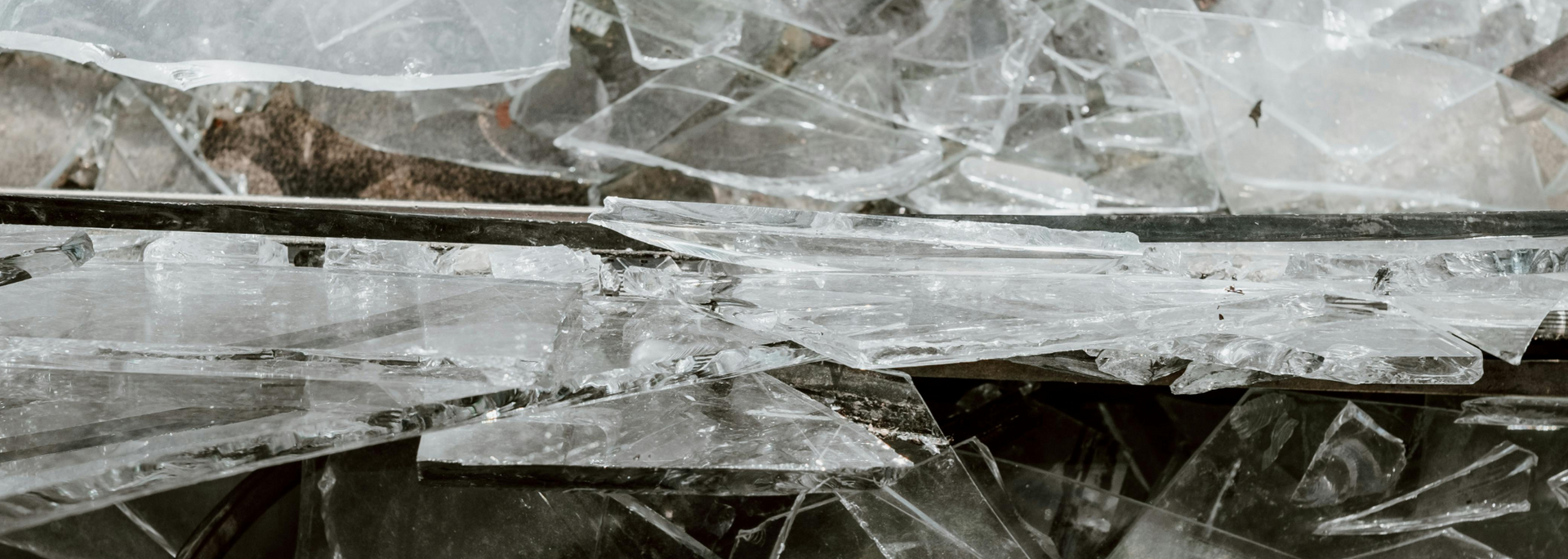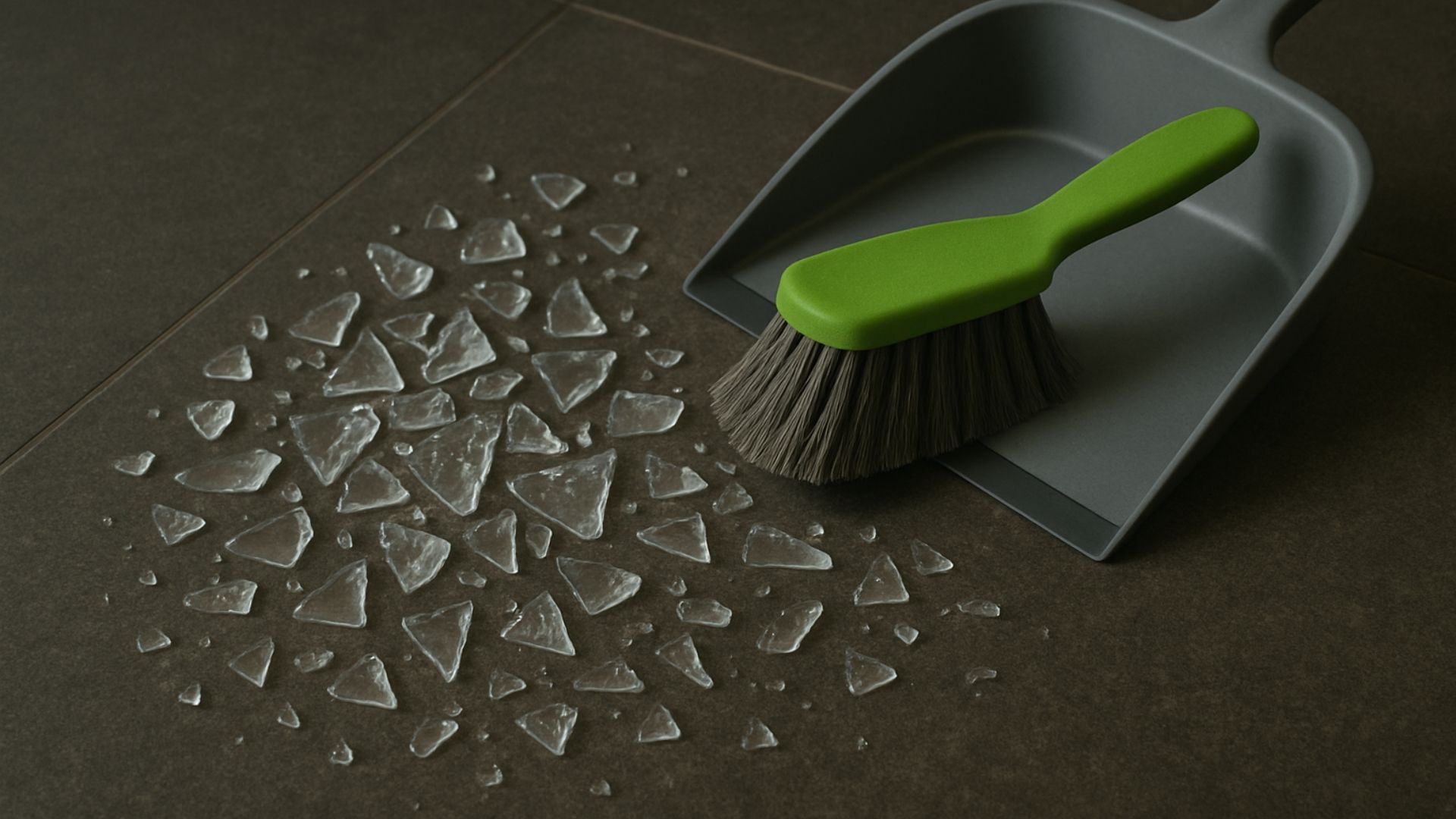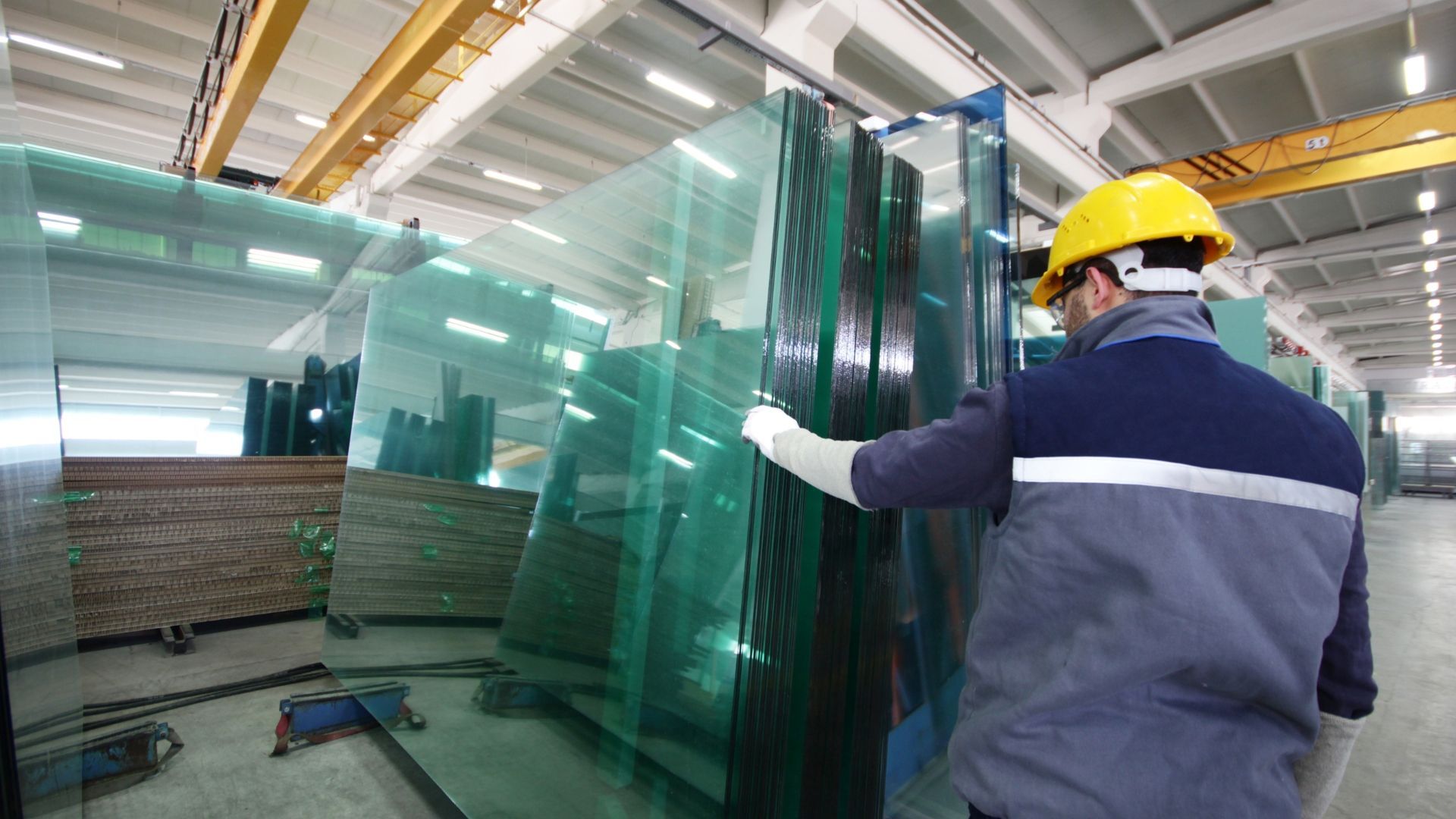Best practices for handling glass safely
Share this blog:
If not handled properly, glass can break and lose you money. Learn 10 best practices for handling it safely.

Whether you're doing a DIY project, working in a warehouse or overseeing an installation, handling glass needs to be done safely.
It's not hard to see why. Broken glass can cause avoidable injuries – and it's a pain to clean up. Even toughened and laminated panels can cause injury if handled without due care.
But even if the people handling the glass emerge from an accident unscathed, there's still the financial loss to take into account. No one wants to shell out for replacement glass because of something as avoidable as mishandling.
In this article, we run through 10 best practices for handling glass safely. Some will be intuitive. Others less so. But taken together, we hope they increase your confidence in handling glass – and reduce the chances of accident and injury.
1. Wear protective gear
When handling glass, you need protection. That means heavy gloves, work shoes or work boots and safety glasses.
The gloves are there to protect your hands from unwanted cuts. Make sure they're the right size – otherwise, you could hamper your ability to move the glass safely.
As well as gloves, footwear and safety glasses, you'll want to wear long sleeves and trousers. Steer clear of loose-fitting clothes. You might want to wear a heavy-duty apron or chore jacket for extra protection.
2. Don't try to catch falling glass
If disaster strikes and you do drop a piece of glass, the last thing you want to do is try to catch it. Your priority is to move away from the area as quickly as possible. It's much better to clear up broken glass from the floor than from your body!
3. Don't carry glass overhead
When handling glass, you should always keep it close to your body – never overhead. This is to minimise the risk of injury to yourself in the event of a breakage. If you do drop it, you want it to be as close to the ground – and as far from your head – as possible.

If the piece of glass is especially large and unwieldy, use suction cups to carry it safely. These tentacle-like tools can be used with flat and curved pieces of glass.
4. Use two hands
You should always use two hands to carry glass – four if possible. One hand should be placed under the glass to give it proper support.
You should grip firmly but not too tightly. Putting excess pressure on a single spot can in some instances cause the glass to shatter.
If the glass is translucent or opaque, make sure you're carrying it in such a way that you or your carrying companion have clear sight lines. Now's not the time for guesswork!
5. Use proper lifting techniques
If you work in a setting that involves lifting, you'll know you should lift with your legs to avoid straining your back. You should also avoid twisting or bending when carrying the glass.
The same applies in domestic settings. You don't want to end up with an intact piece of glass and an injured back.
6. Work in pairs
There are very few circumstances where it's safer to go it alone. In the context of handling glass, it's always better to work as a team – even if it's just a team of two.
It's not just that it reduces the physical strain and the possibility of aches, pains and pulled muscles. It's also that you get an extra pair of eyes – invaluable when manoeuvring a large and breakable bit of glass.
7. Train your staff
In some ways, this is the most important practice of all. There's no point in you knowing the best way to handle glass if your colleagues or staff don't. Making sure everyone is on the same page is vital for minimising the chance of accidents and injuries.
It's the same story if you're handling glass at home as part of a DIY project or simply moving glass from one place to another. Make sure everyone involved knows what they're doing – and what not to do.
8. Don't stand on broken glass
This one stands to reason. In the event of a breakage, you want to get out of the way and focus on cleaning up any shards. The last thing you want is to be put out of action by stepping on a broken bit of glass.
This point also underlines the importance of good protective wear. You want suitable work boots to minimise the chance of an injured foot.
9. Keep the work area clear
Anyone who's ever moved house will tell you the importance of clear entrances and exits. No one wants to carry a box through an obstacle course. The same goes for handling glass.
No matter what setting you're in, you should ensure that you have a clear gangway – and clear sight lines –
before you lift the glass. Doing so significantly reduces the likelihood of trips, falls and breakages.
10. Store it properly
When it comes to storage, handling is no less important than during transportation. In fact, many accidents occur when putting down glass.
Your objective is to place the glass so that it doesn't tip over or fall. It should be in a cool, dry place, safe from direct sunlight and unwanted heat.
Racks and other storage systems can be used to safely stow glass away. It's important, however, to alert others to the presence of glass. You can do this with something as simple as a label reading "glass" or "fragile".
Final thoughts
So there you have it: 10 best practices for handling glass safely. We hope it helps, whether you're moving glass at home, in a factory or on an installation job.
Founded in 1993, ToughGlaze is now recognised as one of the UK's most trusted glass processors. Thanks to our unrivalled manufacturing capabilities and accredited
glass logistics service, we can provide the glass you need when you need it.
Get in touch today for a fast, fair quote.









